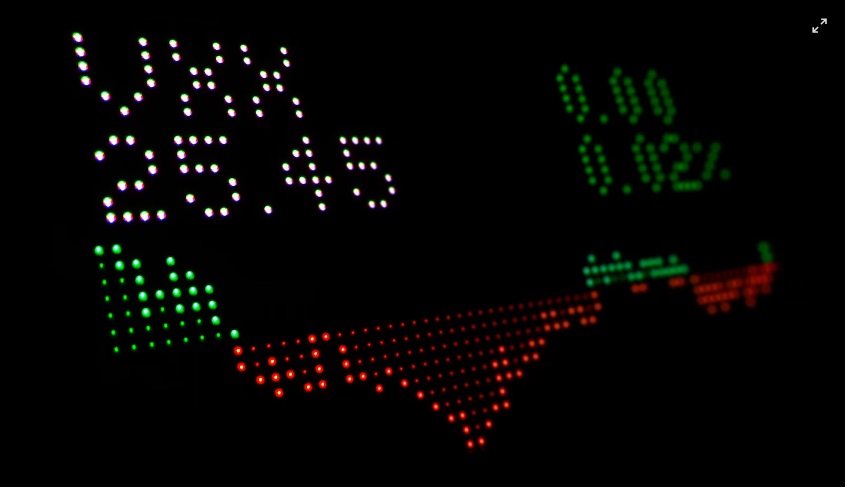The S&P 500, established in 1957, traces its roots to 1941 when two companies, Poor’s Publishing and Standard Statistics Bureau, merged under Henry Varnum Poor. This merger led to the formation of Standard & Poor’s and the expansion of the index to include 500 U.S. companies. Here, we discuss the events that shaped the S&P 500 index.

1957 to 1981: The First Two Decades
The first version of the S&P 500 index had only 233 U.S. companies listed whose stocks were computed weekly. The next version was added daily, but this time, it was designed to be a 90-stock composite price index.
On March 4, 1957, Standard & Poor’s company introduced the S&P 500, designed to list 500 U.S. companies. Amongst these 500 companies were 15 rail, 60 utility, and 425 industrial stocks.
In 1957, the S&P 500 had a total market cap of $172 billion, and the highest-weighted stock in the index was the American Telephone and Telegraph (AT&T). A year after its introduction, the S&P 500 was up by 38.06%, and on June 4, 1968, it closed above 100.
On August 31, 1976, the Vanguard Group launched the first retail index mutual fund to track the S&P 500, opening the door to individual investors.
1980 to 2008: Fall, Rise, and Fall Again
During 1973-1979, OPEC sanctions and the 1979 Iranian revolution caused economic challenges in the U.S., including oil price inflation and an energy crisis. However, Federal Reserve interventions eased the financial pressures and led to a bull market from 1982 to 2000.
In 1982, Trading futures based on the S&P 500 commenced at the Chicago Mercantile Exchange (CME), followed by the S&P 500 options debut on the Chicago Board Options Exchange in 1983.
October 19, 1987, was “Black Monday” for the S&P 500, dropping by 20.47% in one day due to program trading and portfolio insurance. Ten years later, CME introduced the S&P E-mini futures on September 9, 1997, which led to the development of tools like today’s E.S. futures chart. As a digitally traded contract representing one-fifth of the standard S&P 500 futures contract, the E-mini S&P 500 futures offer a convenient way for investors and traders to speculate on the U.S. stock market’s direction or protect their stock portfolios from general market risks.
The E.S. futures chart enables traders to assess the performance of the S&P 500 index, a widely acknowledged gauge of the U.S. stock market and economy.
Following the Dotcom bubble, the S&P 500 index achieved an all-time intraday high of 1,552.87 on March 24, 2000. In 2005, the index was transformed from market-value-weighted to float-adjusted.

2009 to Date: Events that have Followed
In the following decades, the S&P 500 went through different highs and lows, including a 38.49 percent loss in 2008, followed by a 10-year bull market run. The index went into a tailspin again in 2020 due to a global crisis and inflation. Today, the S&P 500 index has become a very important indicator of the status of the United States economy. The S&P 500 is considered the top measure of large U.S. companies. It comprises 500 major firms and represents about 80% of the market value. From time to time, new companies that meet the requirements are added to the index, while those who fall short are dropped.
Must Read: Getting An SSL Certificate For Your Small Business































































